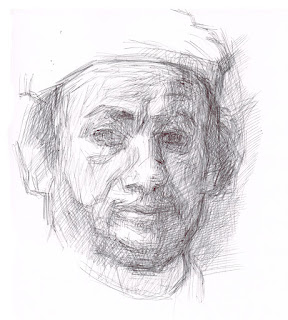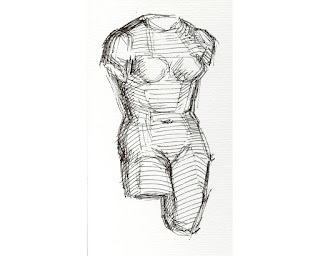Moving

In two days I am moving, to a studio apartment two blocks north of here. Throwing stuff in boxes, watching as the stuff seems to multiply. But it is getting done. While packing earlier I was thinking about the paintings that I had to stop working on, to refocus on the move. In one of them a man’s left sleeve needs some attention. There needs to be less light on the part closer to the viewer. This area feels like it is the key to the painting. Finding the color note, then painting it on the canvas in a particular shape, so that the new color-shape interacts with everything else in the painting in a way that I like, will likely be the next thing I work on when I get back to it. Since these paintings are in acrylic, I have found it necessary to mix colors that start out significantly lighter than they will end up. Since acrylic dries quickly I add water, to keep the paint from drying on my palette before I can use it, and also to thin it to a brushing consistency that I like....














